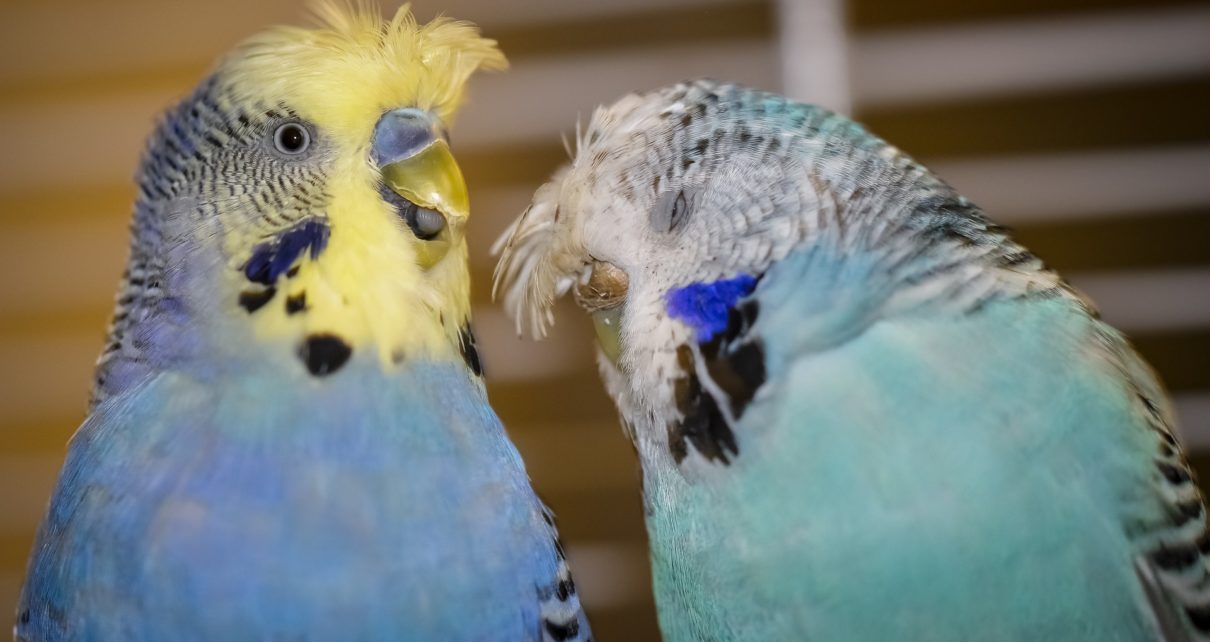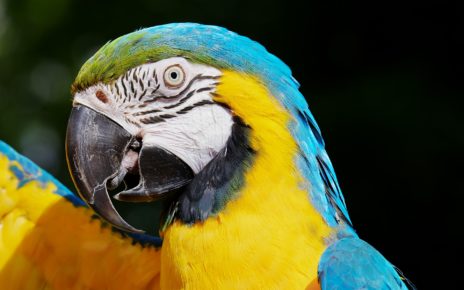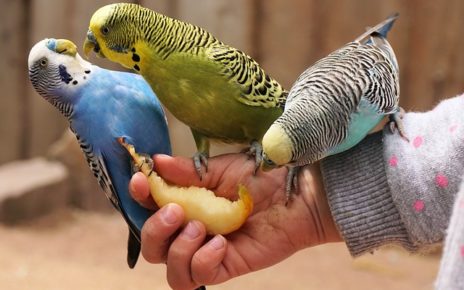If you’ve never owned a budgie before, seeing your budgie molting for the first time can be a bit of a shock. Finding a cage full of feathers and strange pins emerging from your bird’s body might have you worried they’re sick.
Although this is a natural process and nothing to worry about, your budgie might still feel a little bit under the weather during molting time.
What is a molt and why does it happen? And more importantly, what can you do to help keep your budgie comfortable and healthy during its molt?
Why do birds molt?
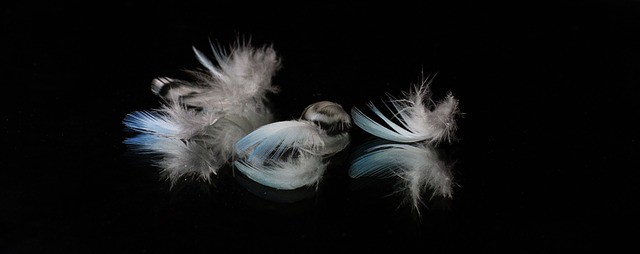
Molting refers to the process of a bird’s old feathers being replaced with fresh, new ones. It’s not too difficult to imagine why birds have evolved to molt. If they kept the same feathers all their lives, they’d end up looking pretty ratty after a few years from all the wear and tear!
Some bird species also molt to go from boring winter feathers to a sexy new suit to attract a mate during springtime, or the other way round.
All bird species shed at different rates and frequencies. For parrots like budgies, it’s about once a year, generally during springtime. It’s not unheard of for a budgie to molt twice in a year either, though, and it can take up to two months at a time.
The intensity of a molt varies: sometimes you might only find small down feathers for a few weeks, while other times it seems like your budgie is shedding a never-ending supply of bigger and smaller feathers.
Your bird will acquire a rather ragged look during molting time, especially if it’s a big molt. After a feather falls out, follicles in the skin will start pushing out a new one.
This new feather is initially covered by a keratin sheath, during which time it’s called a ‘pinfeather’. The sheath eventually falls off to reveal a fresh new feather, which is a good thing because a budgie covered in pinfeathers can look pretty sad.
Why is molting uncomfortable for your budgie?
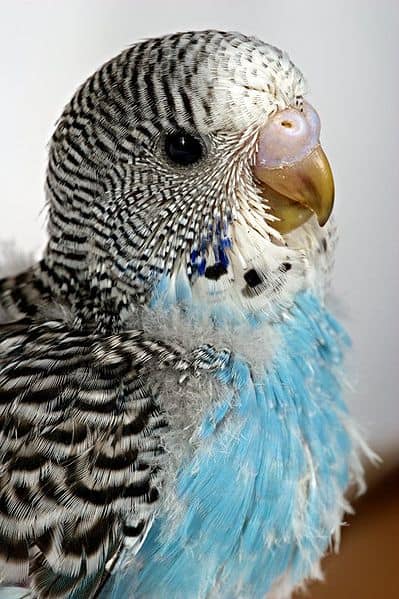
Molting time is not the most pleasant time for your budgie. The reason for this is twofold.
First off, molting takes a toll on any bird, even if it’s just a small shed. Producing those new feathers requires a lot of nutrients and also takes plenty of energy, so don’t be surprised if your budgie seems ‘off’ during the molt. It’ll likely want to sleep more and might not sing as much as usual.
Secondly, pinfeathers make a bird itchy and uncomfortable. In addition to sleeping a lot and possibly seeking out dark spaces to rest, you might find your budgie being a bit more grouchy than usual.
That’s just the result of the itchiness and also the vulnerable feeling of possibly not being in the best state to flee from any danger that might occur.
During its molt, your bird might not really want to hang out like it normally does but worry not. Things will go back to normal and there are some things you can do to help.
What can you do to make your budgie comfortable?
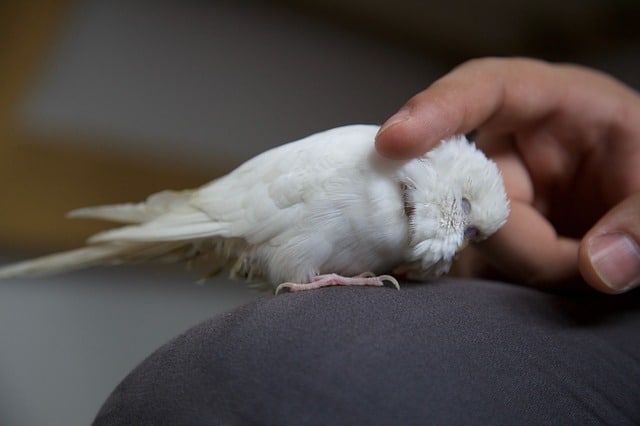
If you’re noticing a lot more feathers laying around your budgie’s cage than usual, the time has probably come. Here are some things you might want to consider doing from now until you don’t see pinfeathers on your bird any more:
- Offer daily baths. Not all budgies will make use of the opportunity but many greatly appreciate taking a splash during their molt. You can try a spray bath as well, using a water sprayer to mist the bird.
- Step up the nutrition. There are special molting foods available but you’re fine just increasing the amount of food your budgie is getting a bit. As always, a budgie’s diet should consist of a mix of pellets, fresh veggies, seeds, and some fruit.
- Keep your bird nice and warm. Although budgies come from harsh environments and are used to some hardship, they’re vulnerable during molting. After all, they just have fewer feathers to keep them warm! Make sure there are no drafts and keep the cage far away from A/C units.
- Offer some shelter. Budgies feel vulnerable during their molt. Although they don’t molt all of their feathers at the same time to prevent becoming unable to fly for a time, they will still naturally seek out hiding spots and not come out as much. Try covering part of the cage, for example.
- Scritches! If your bird allows you to pet it, that might be helpful right now. Although some molting budgies are simply too grumpy to let you come close, if yours isn’t, be sure to give it some good scritches. Use your fingertip to gently scratch its neck and head area to ease the itch and help pinfeathers fall off.
Conclusion
The budgie molting period is not a nice time to be a budgie, but it’s a necessary process and luckily your bird has you around to help it through the itch and discomfort.
If your budgie seems to be molting at an unusual time, appears especially lethargic, or is showing bald spots, something more might be going on. If you’re worried, don’t hesitate and take the bird to a vet. Better safe than sorry!
About the author
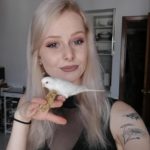
Mari is the writer behind Psittacology, a parrot-centered website that helps bird owners keep their pets happy.
Originally from The Netherlands but living in Spain, she spends her days writing about parrots in the company of two mischievous budgies and a large houseplant collection.
Resources:
https://web.stanford.edu/group/stanfordbirds/text/essays/Molting.html
Molting & Plumage Terminology – PDF
https://www.mit.edu/~rei/Birds-sick.html

